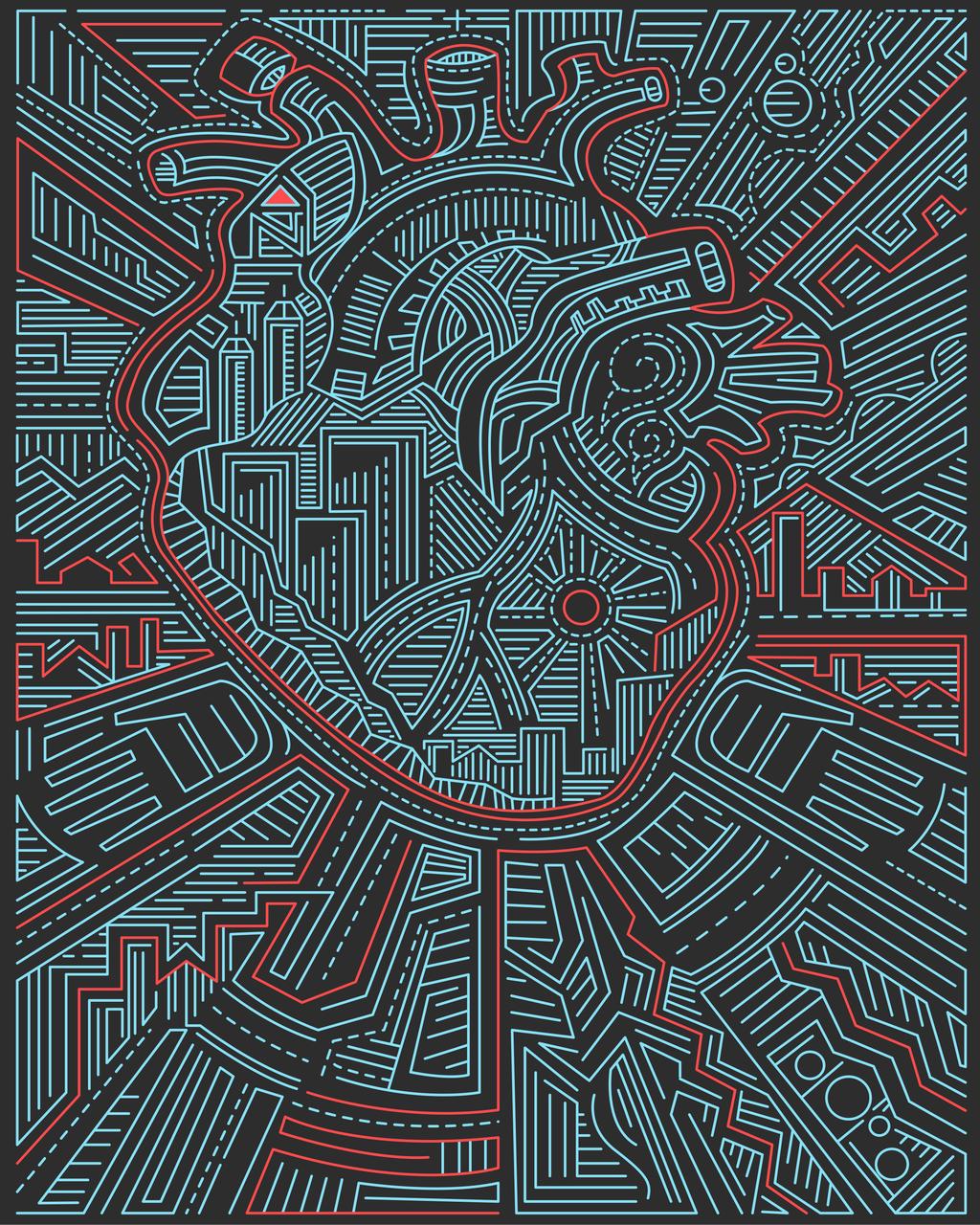Life is Context - Language is Specificity
“Aaaaarrrrggggh!”
What does that mean?
It could mean I stubbed my toe - or it could mean I dropped something. Somebody may be in mortal danger - or maybe they just read a disagreeable headline.
For understanding life, language is a magnificent - yet wholly inadequate - tool.

Linguistic communication enables specificity that promotes technological advancement and social coordination. Formal languages (with well-formed words) may seem particularly suited to this - but natural languages (such as what I’m using now) are similarly apt.
Language, even when imprecise, is still specific - it is an artifact of the mental state of its composer. As long as that mental state has enough in common with others nearby, the specificity can be used to agree and coordinate on a variety of matters. Technical matters require precision along with specificity, hence the use of formal languages.
But in either case, that shared mental state is just as important as language for actually getting things done. That mental state is the context - the aspects of life surrounding some circumstance. It is never perfectly shared between two minds, but the better they understand it the more effective they will be.
Assuming that language (formal or natural) can conquer all - that context can be perfectly described and reified - is a conceit. Accepting the limitations of our communication is key to using it effectively and responsibly. Of course we should endeavor to express and share our context and experiences, but we cannot expect such ideas to transmit with perfect fidelity.
Perhaps that is why I am interested in art (in all its forms1). Art does not treat context and mental state as things to be technically captured, instead embracing the ineffability of human experience. Some persnickety artists may insist on “correct” interpretations of their intention, but most have accepted that “beauty is in the eye of the beholder” - art is not a static artifact but an act of perception2 by each individual. In other words, it’s not specific.
Yet despite the inherent subjectivity, art succeeds at creating shared experiences, and touches on life in a way regular language never will. Those shared experiences can give context, and that context can complement the coordination achieved by language.
-
e.g. paintings, music, sculpture, dance, etc. Language, of course, can be an artistic medium, as can architecture and cooking and other things that are principally applied to practical concerns. Defining what language is artistic and what is not is more than I’m tackling here, and to further muddy waters I’ll suggest that it is not a binary classification but instead a continuum. But for simplicity - poetry and novels (things intended as art) are reasonable exemplars of written art. ↩
-
Art as perception implies that, with a suitable lens, anything can be seen as art. This supports the “everything is art” perspective, which has ample precedent. ↩
Comments